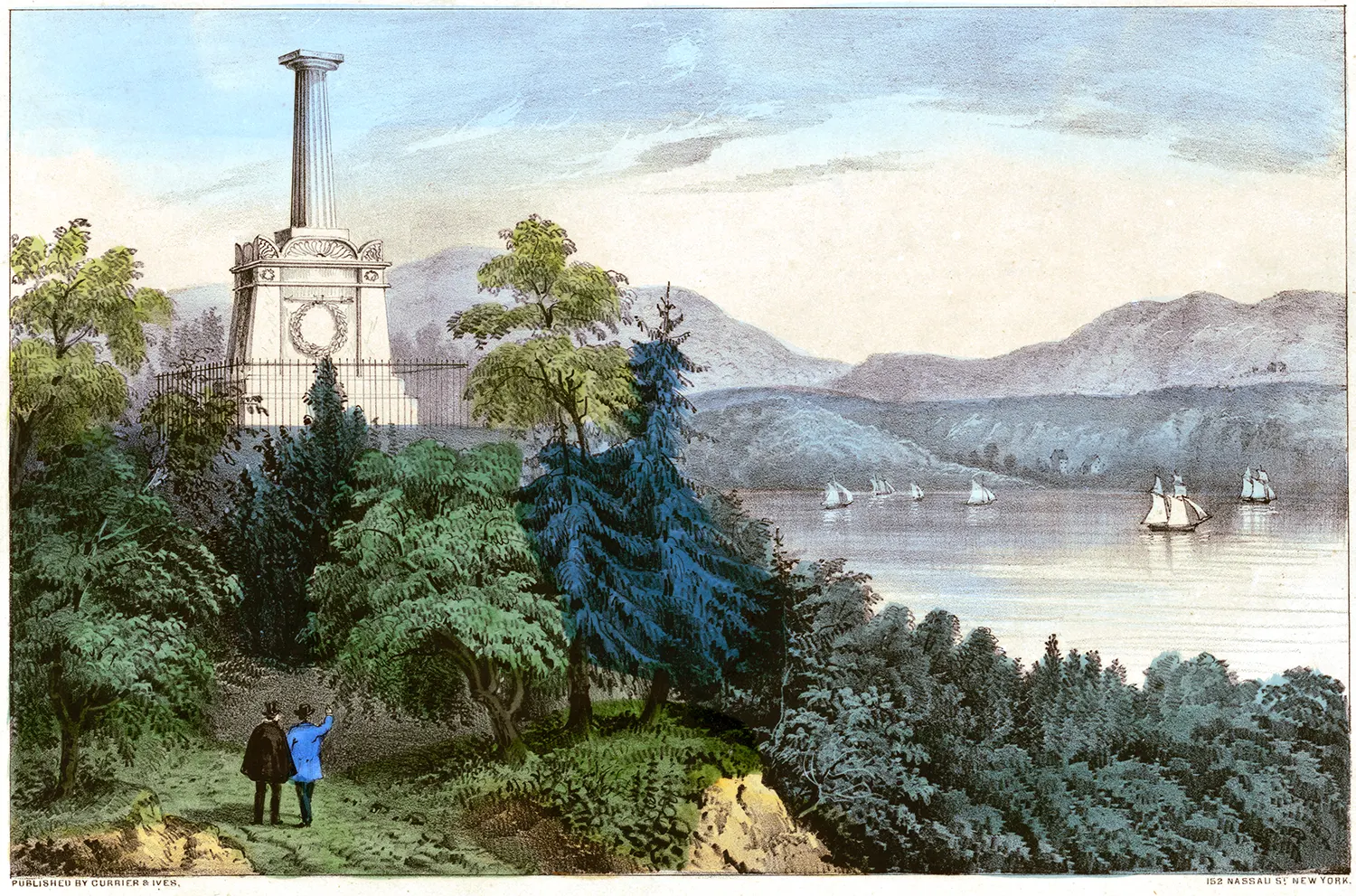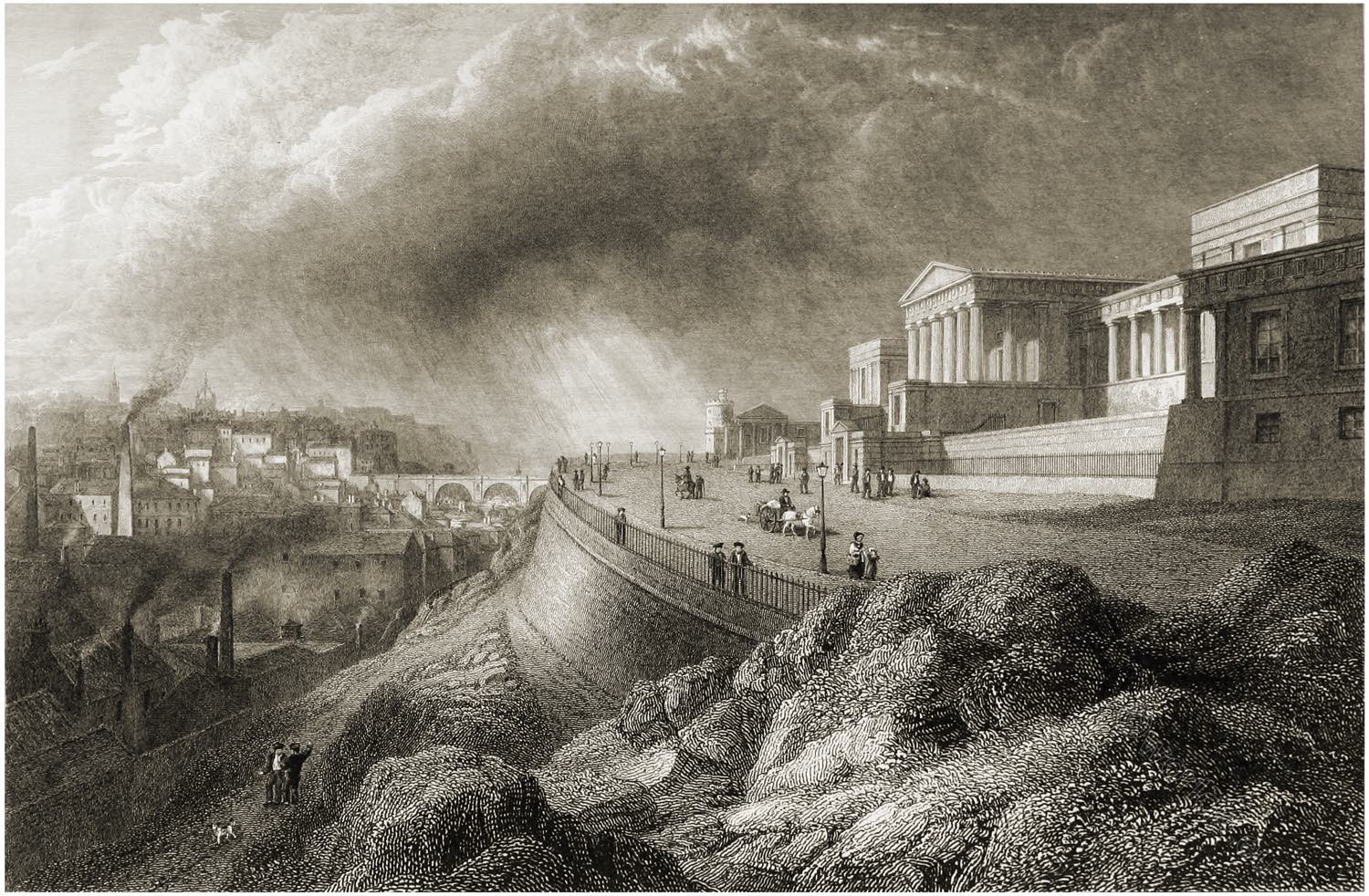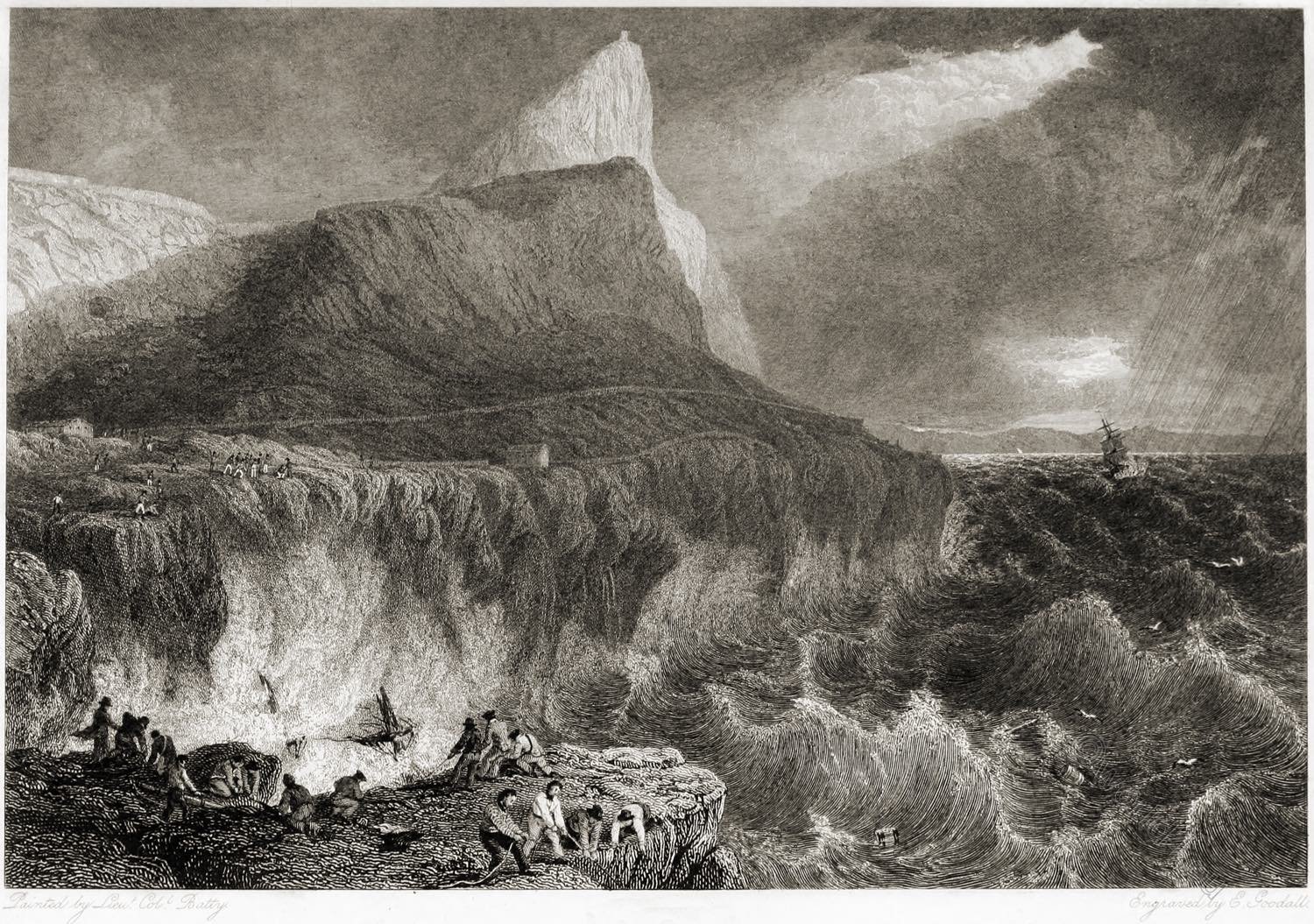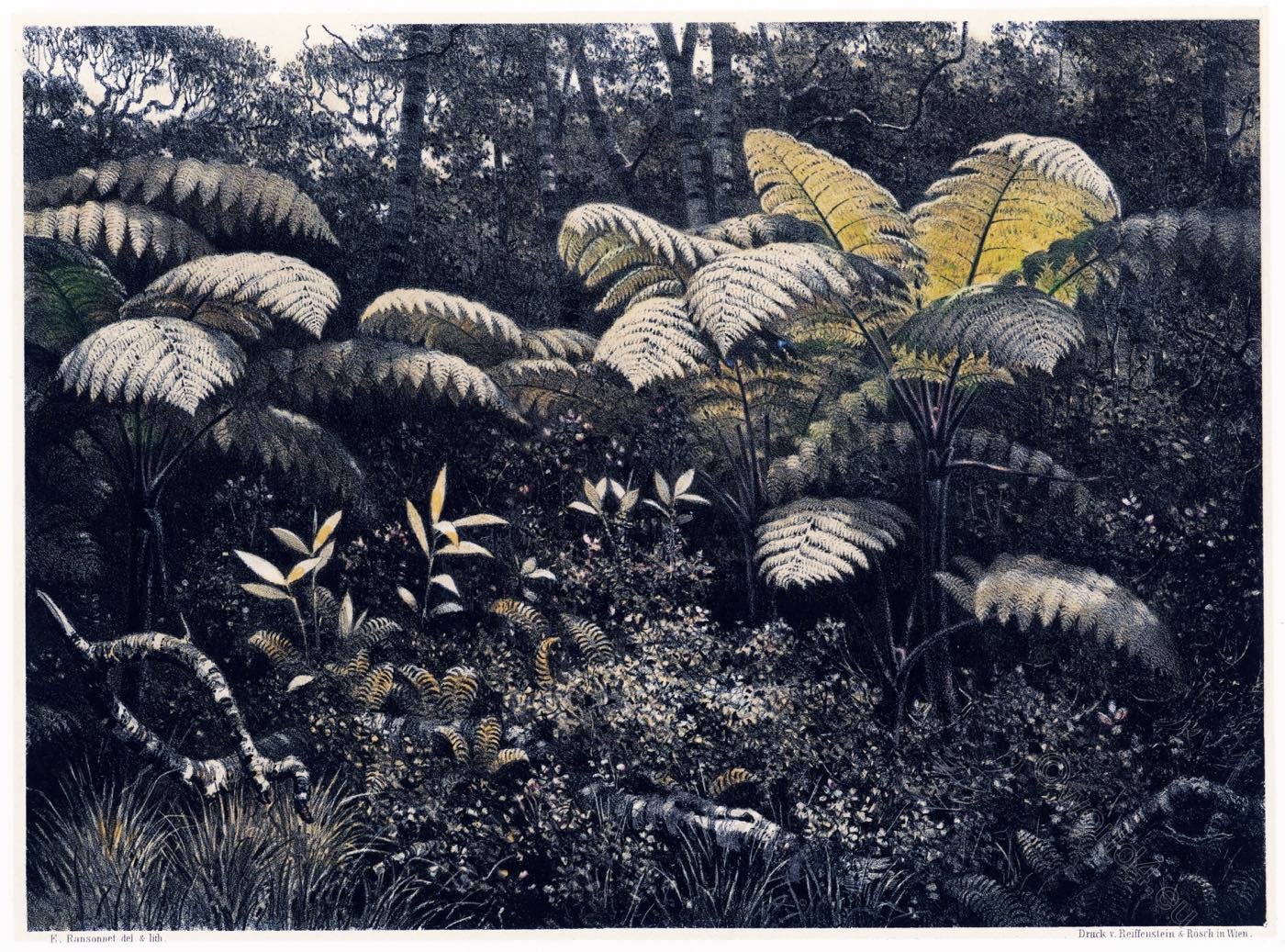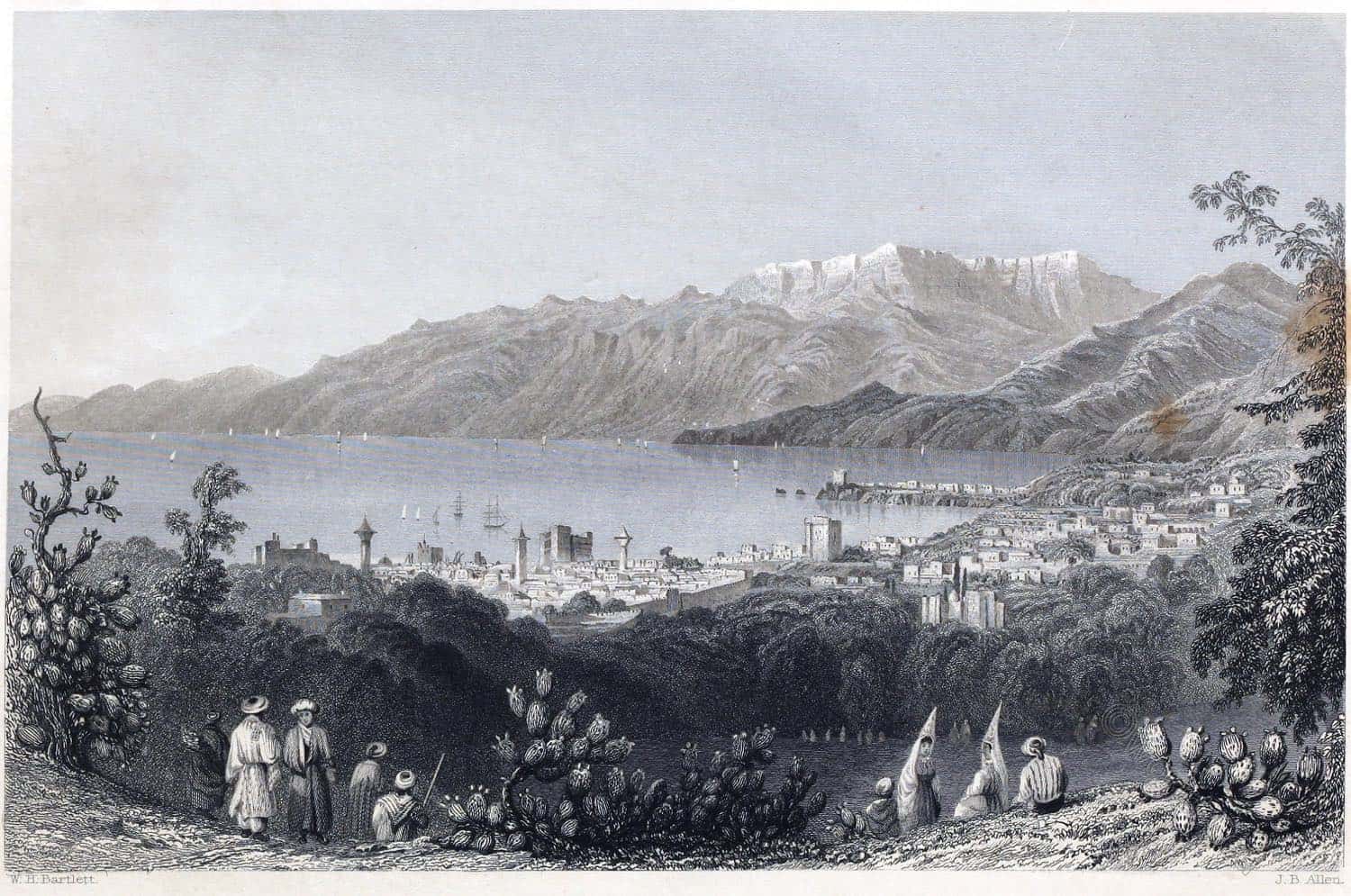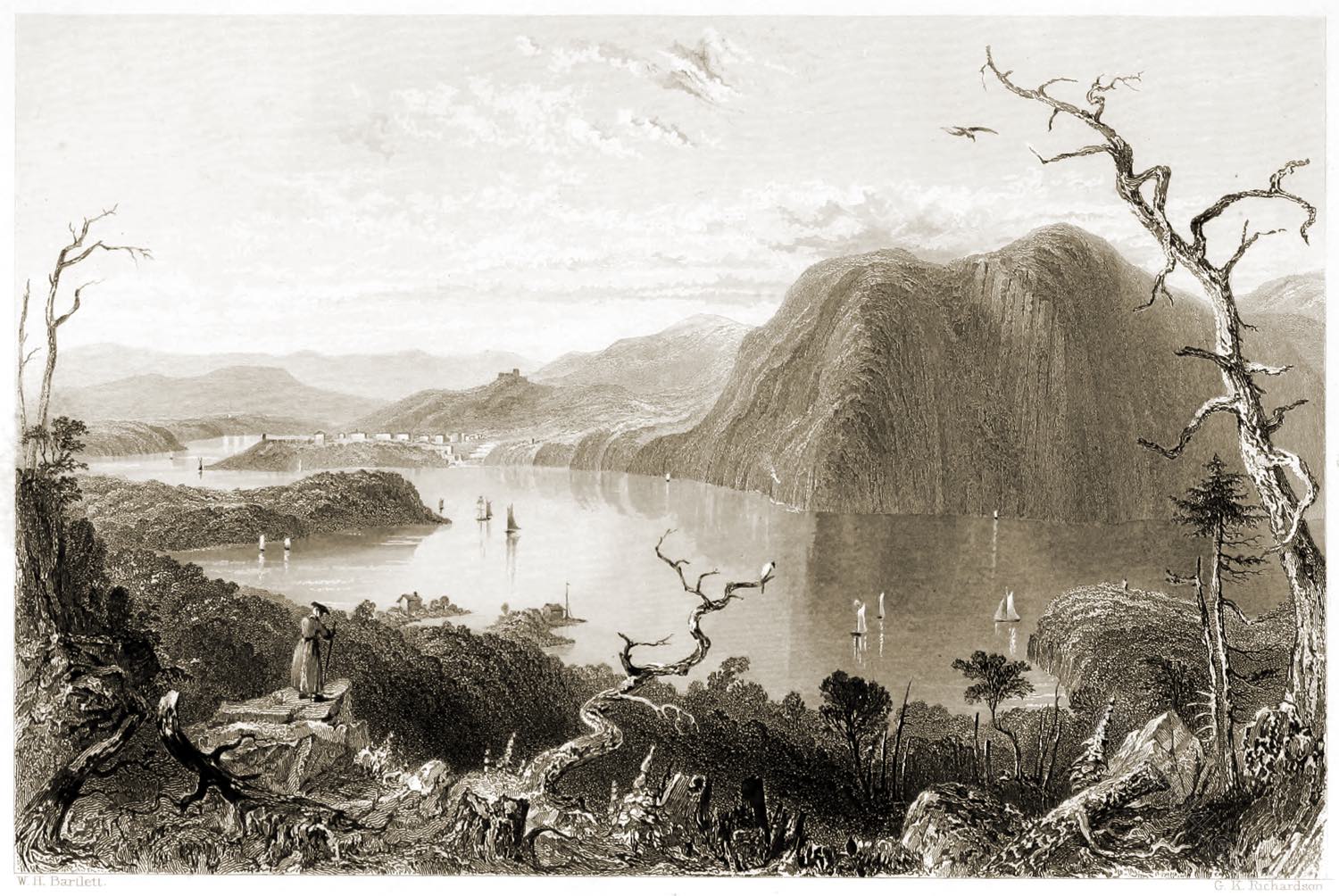
View of the Hudson Highlands from the east side towards “Crow Nest”, with Constitution Island in the centre and West Point in the distance. Crow’s Nest is depicted with steep, imposing cliffs sloping down to the river, which is calm and glassy; the view is framed by three twisted tree trunks
CROW NEST, FROM BULL HILL, WEST POINT
by W. H. Bartlett 1837.
It is true of the Hudson, as of all other rivers, that, to be seen to advantage, it should form the middle, not the foreground of the picture. Those who go to Albany by steam have something the same idea of the scenery of West Point, that an inside passenger may have of the effect of the Brighton coach at top-speed.
It is astonishing how much foreground goes for in landscape; and there are few passes of scenery where it is more naturally beautiful than those of the Hudson. In the accompanying drawing, the picturesque neighbourhood of Undercliff, the seat of Colonel Morris, lies between the river and the artist, and directly opposite stands the peak of Crow Nest, mentioned in the description of West Point.
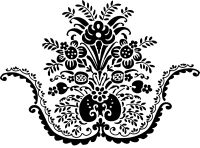
Crow Nest is one of the most beautiful mountains of America for shape, verdure, and position; and when the water is unruffled, and the moon sits on his summit, he looks like a monarch crowned with a single pearl.
This is the scene of the first piece-work of fancy which has come from the practical brain of America,—the poem of The Culprit Fay. The opening is so descriptive of the spot, that it is quite in place here; and to those who have not seen the poem (as most European readers have not) it will convey an idea of a production which, in my opinion, treads close on the heels of the Midsummer Night’s Dream:
” ‘Tis the middle watch of a summer’s night,
The earth is dark, but the heavens are bright;
Nought is seen in the vault on high,
But the moon, and the stars, and the cloudless sky,
And the flood which rolls its milky hue,
A river of light on the welkin blue.
The moon looks down on old Crow Nest,
She mellows the shades on his shaggy breast
And seems his huge gray form to throw
In a sliver cone on the wave below;
His sides are broken by spots of shade,
By the walnut bough and the cedar made,
And through their clustering branches dark
Glimmers and dies the fire-fly’s spark —
Like starry twinkles that momently break
Through the rifts of the gathering tempest’s rack.
The stars are on the moving stream,
And fling, as its ripples gently flow,
A burnished length of wavy beam
In an eel-like, spiral line below;
The winds are whist, and the owl is still,
The bat in the shelvy rock is hid,
And nought is heard on the lonely hill
But the cricket’s chirp, and the answer shrill
Of the gauze-winged katy-did;
And the plaint of the wailing whip-poor-will,
Who moans unseen, and ceaseless sings,
Ever a note of wail and woe,
Till morning spreads her rosy wings,
And earth and sky in her glances glow.
‘Tis the hour of fairy ban and spell:
The wood-tick has kept the minutes well;
He has counted them all with click and stroke,
Deep in the heart of the mountain oak,
And he has awakened the sentry elve
Who sleeps with him in the haunted tree,
To bid him ring the hour of twelve,
And call the fays to their revelry;
Twelve small strokes on his tinkling bell —
(‘Twas made of the white snail’s pearly shell: — )
“Midnight comes, and all is well!
Hither, hither, wing your way!
‘Tis the dawn of the fairy day.”
They come from beds of lichen green,
They creep from the mullen’s velvet screen;
Some on the backs of beetles fly
From the silver tops of moon-touched trees,
Where they swung in their cobweb hammocks high,
And rock’d about in the evening breeze;
Some from the hum-bird’s downy nest —
They had driven him out by elfin power,
And pillowed on plumes of his rainbow breast,
Had slumbered there till the charmed hour;
Some had lain in the scoop of the rock,
With glittering ising-stars inlaid;
And some had opened the four-o’clock,
And stole within its purple shade.
And now they throng the moonlight glade,
Above — below — on every side,
Their little minim forms arrayed
In the tricksy pomp of fairy pride!
The general assembly of the fairies is at last complete, and they proceed to the trial of the culprit fay, who has extinguished his elfin lamp and paralysed his wings by a love for a mortal maid. He is condemned to penances, which are most exquisitely described, and constitute the greater part of the poem; and he finally expiates his sins, and is forgiven. There is a fineness of description, and a know- ledge of the peculiarities of American nature, in birds, fishes, flowers, and the phenomena of this particular region, which constitute tins little poem a book of valuable information as well as an exquisite work of fancy.
Just under Crow Nest, buried in the heavy leaves of a ravine, springs a waterfall like a Naiad from the depths of the forest, and plunges down into the river. The rambles in and about its neighbourhood are cool and retired; and it is a favourite place for lovers from New York, who run up in the steamer in three hours, and find the honeymoon goes swimmingly off there,—the excellent hotel within half a mile supplying the real, without which the ideal is found to be very trumpery. The marble tomb of a cadet, who was killed by the bursting of a gun, forms a picturesque object, and gives a story to the spot.
Source: American Scenery; or, Land, Lake, and River Illustrations of Transatlantic Nature. From Drawings by W. H. Bartlett. Engraved by R. Wallis, J. Cousen, Willmore, Brandard, Adlard, Richardson, &c. The Literary Department By N. P. Willis, Esq. London: George Virtue 26, Ivy Lane. 1840.

Continuing
Discover more from World4 Costume Culture History
Subscribe to get the latest posts sent to your email.


